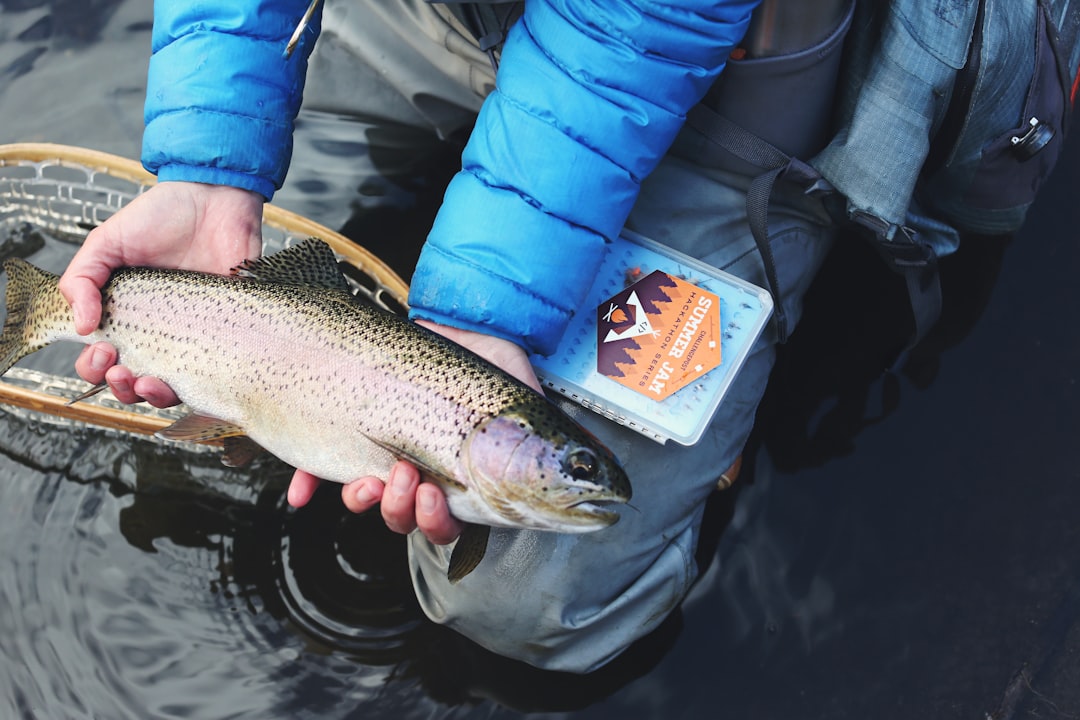Aquaponics is a revolutionary farming method that combines hydroponics (growing plants without soil) with aquaculture (raising fish) to create a self-sustaining ecosystem. This innovative system allows growers to cultivate fresh vegetables and herbs while simultaneously raising fish, all in a closed-loop environment that recycles water and nutrients.
In this post, we’ll explore how aquaponics works, its benefits, system designs, ideal fish and plant choices, and tips for setting up your own aquaponic system at home or commercially.
How Does Aquaponics Work?
Aquaponics is based on the natural nitrogen cycle that occurs in aquatic ecosystems. Here’s a step-by-step breakdown of how it functions:
1. Fish Produce Waste
Fish excrete ammonia-rich waste into the water. In a traditional fish tank, this waste would build up and become toxic.
2. Beneficial Bacteria Convert Waste into Nutrients
-
Nitrifying bacteria break down ammonia into nitrites, then further convert it into nitrates.
-
Nitrates serve as a natural fertilizer for plants.
3. Plants Absorb Nutrients and Clean the Water
-
The plants uptake nitrates from the water, removing harmful compounds and filtering the water.
-
Clean water is then returned to the fish tank, ensuring a healthy aquatic environment.
This symbiotic relationship eliminates the need for synthetic fertilizers, minimizes water usage, and creates a closed-loop, sustainable farming system.
Benefits of Aquaponics
✅ Water-Efficient – Uses 90% less water than traditional farming, as water is continuously recycled.
✅ No Synthetic Fertilizers – Fish waste naturally fertilizes plants, eliminating chemical runoff.
✅ No Soil, No Weeds – Reduces pests and soil-borne diseases.
✅ Dual Crop Production – Grow fresh fish and vegetables simultaneously.
✅ Sustainable and Eco-Friendly – Mimics natural ecosystems while reducing waste and pollution.
Types of Aquaponic Systems
Aquaponic systems come in various designs, each suited to different scales and environments.
1. Media Bed System
-
Plants grow in gravel, clay pebbles, or lava rock beds.
-
The media supports plant roots and provides surface area for beneficial bacteria.
-
Best for small-scale home gardens.
2. Nutrient Film Technique (NFT)
-
Plants are grown in channels with a thin film of nutrient-rich water flowing underneath.
-
Ideal for leafy greens and herbs but not suitable for larger plants.
3. Deep Water Culture (DWC) / Raft System
-
Plants float on rafts above the fish tank, with roots submerged in water.
-
Common in commercial aquaponics due to its high efficiency and scalability.
4. Vertical Aquaponics
-
Plants grow in stacked towers while water flows downward.
-
Maximizes space efficiency, making it perfect for urban settings.
Best Fish for Aquaponics
The ideal fish for aquaponics should be hardy, fast-growing, and tolerant of fluctuating water conditions. Some popular choices include:
🐟 Tilapia – Most common due to its hardiness, fast growth, and mild taste.
🐟 Catfish – Tolerates low oxygen levels and grows quickly.
🐟 Trout – Requires cooler water temperatures, making it ideal for colder climates.
🐟 Goldfish/Koi – Great for ornamental or educational systems, but not for consumption.
🔹 Pro Tip: Ensure proper aeration and filtration to keep fish healthy and avoid ammonia build-up.
Best Plants for Aquaponics
Since nutrients in aquaponics come from fish waste, fast-growing and nutrient-hungry plants thrive best.
Leafy Greens & Herbs 🥬🌿
✅ Lettuce
✅ Basil
✅ Spinach
✅ Mint
✅ Cilantro
Fruiting Plants 🍅🌶
✅ Tomatoes
✅ Peppers
✅ Strawberries
✅ Cucumbers
🔹 Pro Tip: Avoid root vegetables (carrots, potatoes, onions), as they require soil for proper development.
Setting Up an Aquaponic System
1. Choose Your System Type
Decide whether you’ll use media beds, NFT, DWC, or vertical towers based on space and goals.
2. Select Fish and Plants
Match fish and plant species with compatible temperature and pH requirements.
3. Establish Beneficial Bacteria
-
Introduce nitrifying bacteria to break down fish waste into plant-usable nutrients.
-
You can "cycle" your system by running it without fish for a few weeks to establish bacteria.
4. Monitor Water Quality
-
pH: Keep between 6.5 and 7.5 for optimal nutrient absorption.
-
Ammonia & Nitrites: Should remain at near-zero levels to avoid fish toxicity.
-
Oxygen Levels: Use an air pump to provide aeration.
5. Maintain the System
-
Regularly test water quality and adjust if necessary.
-
Feed fish consistently, but avoid overfeeding to prevent waste buildup.
-
Harvest plants and fish as they mature to keep the ecosystem balanced.
The Future of Aquaponics
With rising concerns over water shortages, food security, and sustainable agriculture, aquaponics is gaining traction worldwide. Future innovations include:
✅ Automated Monitoring Systems – Using IoT sensors to track pH, nutrient levels, and water quality remotely.
✅ Commercial Scale Expansion – Large-scale aquaponic farms supplying urban markets with fresh fish and vegetables.
✅ Integration with Vertical Farming – Combining indoor vertical systems with aquaponics for space-efficient food production.
Governments, universities, and sustainable farming advocates are investing in aquaponics as a long-term solution for food production in both urban and rural areas.
Conclusion
Aquaponics is more than just a gardening trend—it’s a game-changing sustainable farming method that produces both fish and plants in a closed-loop, eco-friendly system. Whether you're looking to grow fresh food at home or start a commercial aquaponic farm, this technique offers a profitable, resource-efficient, and environmentally responsible way to cultivate crops and raise fish.
Are you ready to dive into aquaponics? 🌊🐠🌱 Start small, experiment, and enjoy the benefits of fresh, homegrown fish and vegetables—all from one system!

Comments
No comments yet. Be the first to comment!
You must be logged in to comment. Login